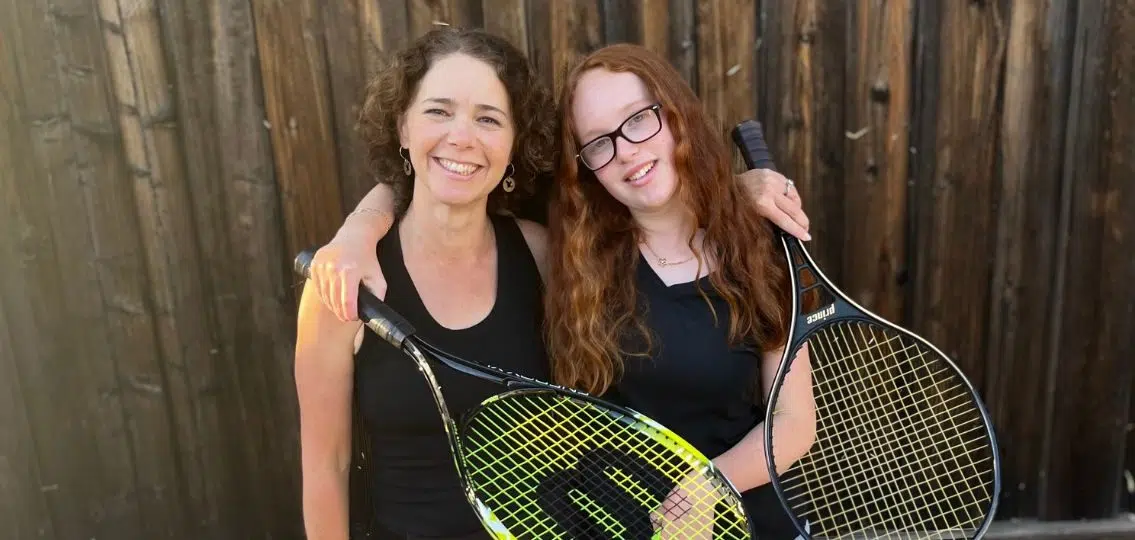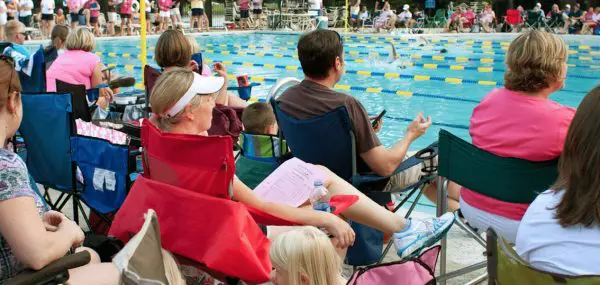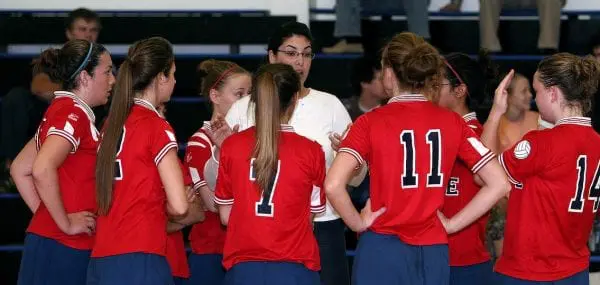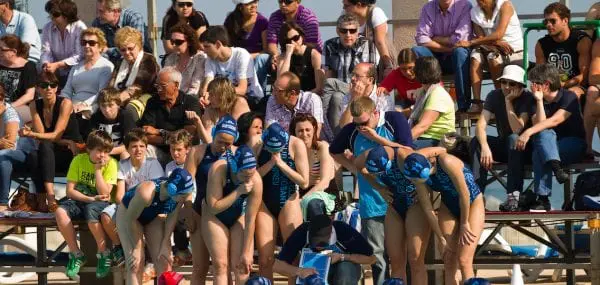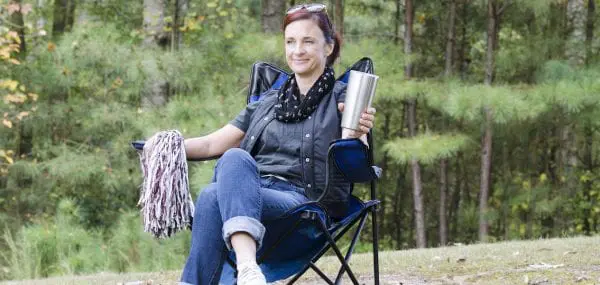When I suggested to my 13-year-old that she try tennis, she quickly shot me down
“I’m not sporty, stop trying to get me to do sports,” Julianna said.
I had suggested it because some of my happiest recent memories were of playing ping pong with her in the redwoods of the Henry Miller Library in Big Sur. We slammed the ball with gusto and laughed as it landed off the table, near onlooking Buddha statues. Tennis seemed like a natural progression from ping pong and great way to work out some of her growing teen frustrations on a larger playing field.
When her best friend started taking lessons at the recreation center, I thought peer pressure might entice Julianna to put down her digital screens and get out of her bedroom on Wednesday afternoons. But even then, my suggestion was met by a grand slam of resistance.
Still, I was undeterred. I was convinced that releasing some physical energy would help Julianna manage her emotions. I’ve seen how sports help with stress. It worked for me when I was a teenage girl. I learned to play tennis one summer when my older brother, Steve, and I finally tired of squabbling over what show to watch on the TV in our living room and took our aggression on to the courts.
But, Julianna didn’t want to take tennis lessons. She inherited my resistance to organized group activities. Ever since she was a toddler, she’s said “no” to dance classes, swim classes, and team sports. It isn’t so much that she resists physical activity, it’s more that she doesn’t want anyone to see her struggle to figure out what to do with a ball or a racket.
Midway into summer, my husband contracted Covid-19. He tested positive for the virus for 14 days. While my husband quarantined, Julianna and I grew bored and tired of cooking, cleaning, and online shopping.
“Do you want to play tennis?” I asked her at lunch one afternoon.
“Sure,” she said.
By then, we were both eager to spend as much time as possible out of the house and away from other people and we agreed to take advantage of our temporary setback and use it as an opportunity to try something new.
Finding Bonding Time with my Daughter
We had a couple of tennis rackets from the 1980s in our attic that my mother-in-law gifted me. I grabbed them and some balls before heading to the courts.
As we drove to the rec center, I admitted, “I’m not even sure how this works. We might have had to reserve in advance.” I had gotten her buy-in to a plan that might fail.
I could tell from Julianna’s body language that if my plan succeeded she was prepared to hate every single moment of it; and, if my plan failed, she’d tell me, “I told you so.”
A tennis teacher who was holding a lesson on the first court directed us to two empty courts behind another fence. We set down our bags, picked up our rackets, and headed to our sides of the court. The net felt like the visual representation of a growing divide between us—mother yearning for connection and teenage daughter longing for independence.
I started by lobbing a ball over the net, and Julianna took a big swing and missed. We repeated this several more times. I resisted the urge to coach her, to tell her she was holding the racket too close to the neck or to step more into her forehand. My daughter wanted the chance to figure these things out for herself. And I needed to practice letting her.
We repeated the pattern of me hitting the ball and her missing it a few times before she finally got it back over the net.
“This is fun,” she said with a mixture of surprise and delight and then she smiled wide.
As our summer progressed, Julianna and I played tennis daily. We agreed early on some parameters. We wouldn’t try to hit winners, we would just try to get the ball to each other so we could hit it back. We would serve into the correct service court, but we could stand anywhere to do so. She frowned at me when I slammed the ball too hard for her to return, while I praised her for hitting a backhand down the line. We shook it off when the ball came right at us with a little too much force.
The Benefits of Tennis
For the time we’re on the court, neither one of us gets to be in charge. And while Julianna can be surly playing tennis, for our games to work she also needs to be respectful.
Julianna started 8th grade in mid-August, and that’s when our lazy summer ended. The start of the new school year brought tensions between us to an all-time high. We see each other during frantic mornings and when I shuttle her to piano in the afternoon. She criticizes my hand gestures, my clothing choices, my work, and even the way I laugh. I spend a lot of time trying to avoid reacting emotionally to the unexpected lobs she aims my way.
Still, we find time to play tennis. We’re both eager for an activity that upends our usual patterns, and burns away some of resentments before they grow too large. Our time on the court is sometimes a pause in our day. Other times, it’s a continuation of our life off the court.
It’s nice to have a place where my daughter can burn off some simmering hostility toward me and I can slam zingers back at her, or choose to pause and let them go.
